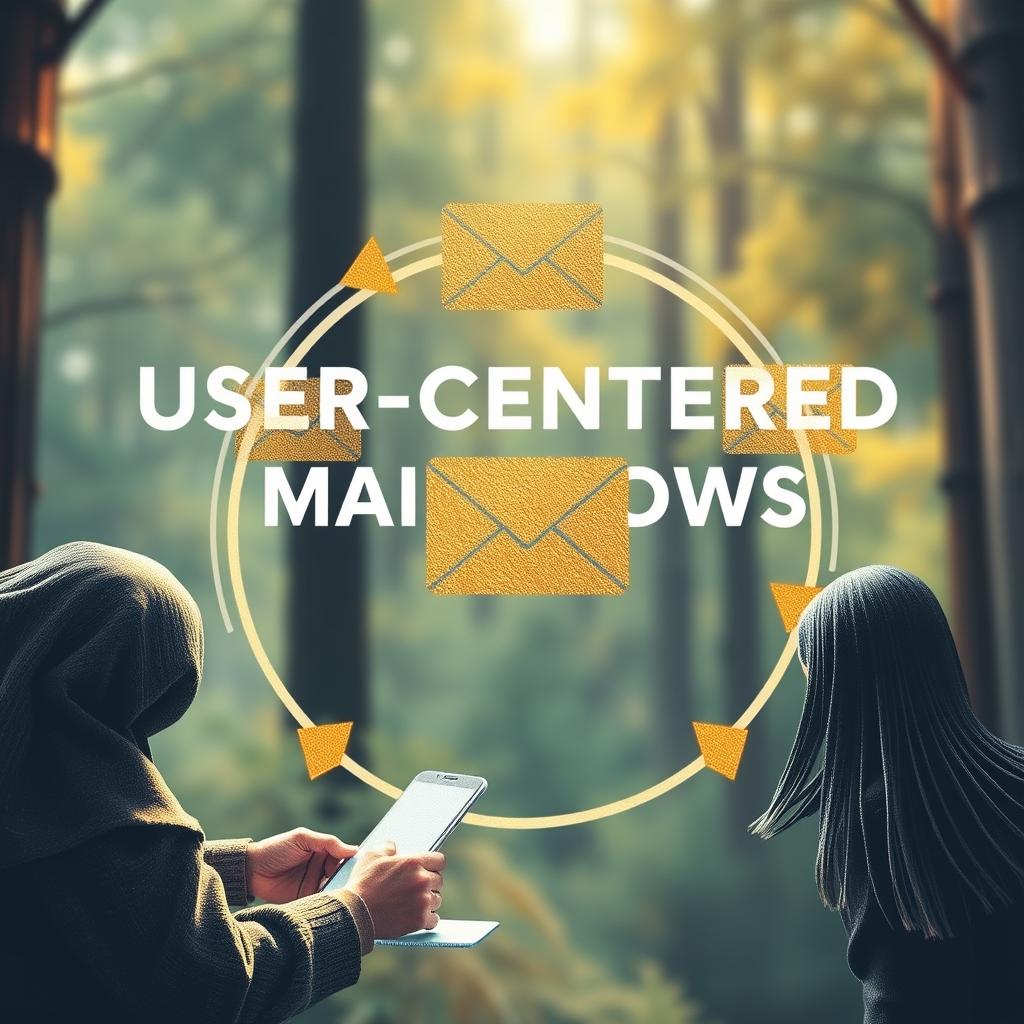The Myth of Evergreen Content: Embracing the Reality of Content Decay
Estimated reading time: 6 minutes
- Content decay is a natural part of the digital landscape.
- Regular updates are essential to maintain content relevance.
- SEO performance can significantly decline due to outdated material.
- Proactive content renewal strategies can enhance visibility.
Table of Contents
- The Challenges of Content Decay
- The SEO Fallout of Content Decay
- Strategies for Content Renewal: Turning Decay into Opportunity
- Conclusion: Embracing the Process of Renewal
- FAQ
The Challenges of Content Decay
As much as we’d like to believe our content can last forever, the internet is an ecosystem that is anything but static. Several factors contribute to the phenomenon of content decay:
- Algorithmic Evolution: Search engines, especially Google, regularly update their algorithms with the goal of enhancing search result quality. What was once optimized may not meet current criteria, leading to a decline in rankings over time.
- Constant Content Creation: Every day, new content floods the internet. This relentless influx pushes older posts down the rankings, regardless of their initial quality.
- Updating Information: Even if the central topic of content remains significant, the supporting facts, figures, and examples may become outdated. For instance, a post detailing “Top 5 Social Media Platforms for Marketing” from two years past may no longer resonate today.
- Broken Links: Links are crucial for content credibility. Over time, some links may break due to external resource changes, negatively affecting user experience and search engine rankings.
- Evolving User Intent: The intent behind user searches is dynamic and influenced by trends and technological advances. As these evolve, content that once aligned perfectly with user needs may gradually lose relevance.
The SEO Fallout of Content Decay
The effects of content decay on SEO can be stark:
- Diminished Organic Traffic: As content becomes lower in search results, corresponding organic traffic decreases, leading to a downward spiral in visibility.
- Engagement Metrics Decline: Readers may spend less time on outdated content, causing bounce rates to increase, which in turn affects overall search rankings.
- Keyword Ranking Erosion: As competition rises and relevance wanes, keywords tied to decaying content may gradually slip in rankings, adversely impacting overall search performance.
- Domain Authority Damage: Content decay isn’t just about individual posts; when a site hosts a significant amount of outdated material, this can lower the overall domain authority and consequently affect all site content.
Strategies for Content Renewal: Turning Decay into Opportunity
While the inevitability of content decay can feel daunting, it is not a death sentence for your content. In fact, marketers can adopt several strategies to revitalize their evergreen posts:
- Conduct Regular Content Audits: Use analytic tools like Google Analytics or SEMrush to pinpoint which pieces are underperforming. Monitor metrics like organic traffic, engagement, and conversion rates to prioritize updates.
- Refresh Content: Update outdated statistics, examples, and insights to ensure accuracy. Consider adding new sections to address emerging trends or common user queries.
- Re-optimize for SEO: Align your content with current SEO best practices. This includes revising meta descriptions, title tags, and optimizing for fresh keywords.
- Repair Broken Links: Regularly check for broken links using tools designed to automate this process. Replace them with functional links to relevant resources, enhancing user experience.
- Expand Content Horizons: Introduce multimedia elements like infographics, videos, or images. Adding depth not only enriches the content but also makes it more engaging for readers.
- Promote Up-to-Date Content: Once you refresh the content, don’t forget to share it across social media, email marketing, and other channels. You can even repurpose it into new formats for broader reach.
- Monitor Performance Continuously: After making changes, keep tracking performance metrics to assess the effectiveness of your updates. Be prepared to make further adjustments as needed.
- Create a Maintenance Schedule: Aim to review evergreen content every 6-12 months. By adopting this routine, you can keep your material relevant and effective.
Conclusion: Embracing the Process of Renewal
Understanding that the allure of eternally relevant content is ultimately a myth allows marketers to adopt a proactive approach to maintaining their work. The evolving nature of the internet means that we must accept content decay as an ongoing reality, demanding periodic renewal to keep our messages resonant and impactful.
At professionalizeitto.me, we believe that mastering the art of effective communication is an ongoing journey. We empower individuals and businesses to communicate with clarity and precision, offering insights on optimizing written content to resonate with modern audiences.
Ready to elevate your communication strategy and conquer content decay? Explore our comprehensive services, subscribe to our newsletter for insights, or book a personal consultation. Let us help you breathe new life into your content today!
FAQ
- What is evergreen content?
- Evergreen content refers to material that remains relevant over time, despite evolving information or trends.
- How do I identify content decay?
- Content decay can be identified through analytics tools that show declining traffic, engagement, or outdated information.
- What are the signs of outdated content?
- Signs include broken links, outdated statistics, and audience disengagement metrics such as high bounce rates.



